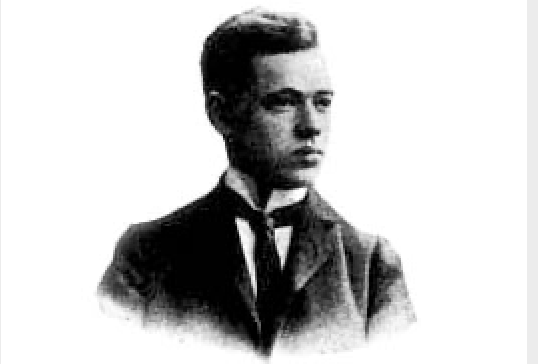
A Century of Chess: Abbazia 1912
One of the last of the great thematic tournaments, Abbazia was something like the last charge of the King’s Gambit, with white compelled to start every game with 1.e4 e5 2.f4 and scoring a meager +40-59=21. After Abbazia there were no major attempts to revive the King’s Gambit until David Bronstein and Boris Spassky played it in the 1950s, so it's possible to see Abbazia as essentially the end of a century's-worth of intricate, passionate analysis of the King's Gambit. By 1912, the masters had discovered that black could simply cut the Gordian Knot with 3...d5 (a move that had been floating around for awhile but would be called the Abbazia Defense). The variation was elegant and simple - white found it impossible to simultaneously hold onto his pawn at d5 and to take the pawn at f4, and by the time white got organized to capture f4, black had developed smoothly and had reached a positionally-minded endgame where black was certainly no worse.
For King's Gambiteers, then, Abbazia, like the earlier King's Gambit thematic tournament at Vienna, is a bit of a sore subject - the moment when the King's Gambit was given a fair, high-level test and found wanting - but, really, it wasn't as bad as all that. The tournament succeeded in its objective: generating a startling number of sharp, attractive games. The Abbazia Defense aside, white did well with the older, more Romantic lines. The Muzio - most Romantic of all King's Gambit variations - held up, and white had surprising success in the endgame, particularly in the 'Muzio Endgame' where white plays behind a piece for a while but has lingering compensation in black's failure to develop his queenside.
Not surprisingly, Rudolf Spielmann, the great gambiteer of the era, won, his first major tournament victory, 1.5 points ahead of Duras.
Duras, who had struggled throughout 1911, returned to form with a credible performance here.
Of the other masters present, Erich Cohn played as expected while Leonhardt had a weak result.
The tournament was the true début of Richard Réti, who would become known for a very different style of play. Réti had been cannon fodder at Vienna 1908 - the last-place finisher, an easily-forgotten 'local entrant' - but by 1912 he was clearly a very different player, winner of the brilliancy prize, as well as several sparkling games, and the leading exponent of the 'Muzio Endgame.'
The Chess Amateur noted with satisfaction that the tournament "introduced a number of promising players." Of those, Réti was the only one who would go on to be a chess household name, but The Chess Amateur had reason to be impressed with Alexander Flamberg, a protégé of Richard Teichmann and 'one of the strongest Polish players of his time,' and especially by the slashing attacker Moishe Lowcki, who had the result of his career at Abbazia.
20th century history would be cruel to the 'promising players' of Abbazia. The Hungarian player Jeno Szekely would be killed in combat in 1915 - and Cohn would be KIA in 1918. Flamberg had few international opportunities after World War I and died at age 45 in 1926. His grave inscription reads - a little cruelly - "Here is buried the bachelor Avrohom Alexander Flamberg mourned by his parents and sisters." And Lowcki, whose chess career was curtailed by World War I, would be killed in a mass execution by the Nazis in 1940. 
Sources: Abbazia is not a very well-covered event. There's a book about it, but any coverage on the tournament is hampered by the fact that many of the game scores were lost. The usual suspects - British Chess Magazine, Chess Amateur, etc - discuss it, and games from the tournament feature in various books by Spielmann, Tartakower, etc. The Donaldson/Minev book on Rubinstein has some useful information about Flamberg and Lowcki.